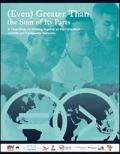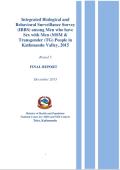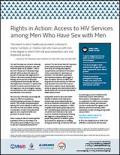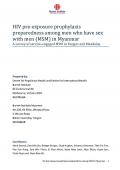Publications on Men Who Have Sex With Men (MSM)
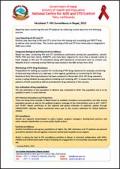
Nepal has been conducting HIV and STI surveillance particularly among key populations, namely: PWID, FSW and their clients, MSM/TG, and male labor migrants for more than a decade mainly to track changes in HIV and STI prevalence along with behavioral components such as condom use. Hepatitis-B and C screening among PWID has been started in the IBBS surveys from 2015.
The size estimation of key population in districts was conducted in 2010. The population size is to be updated in every 2-3 years interval.

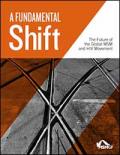

- The first HIV case was detected in 1988.
- The key populations are as follows:
- People who inject drugs (PWID)
- Sex workers and their clients (Male and Female)
- Men who have Sex with Men (MSM) and transgender people
- Male Labor Migrants and their wives
- Prison Inmates
- Heterosexual transmission is dominant
- HIV prevalence among adult population in the country is below 1%
